Home>Garden Essentials>How Does The Landscape Design Process Work
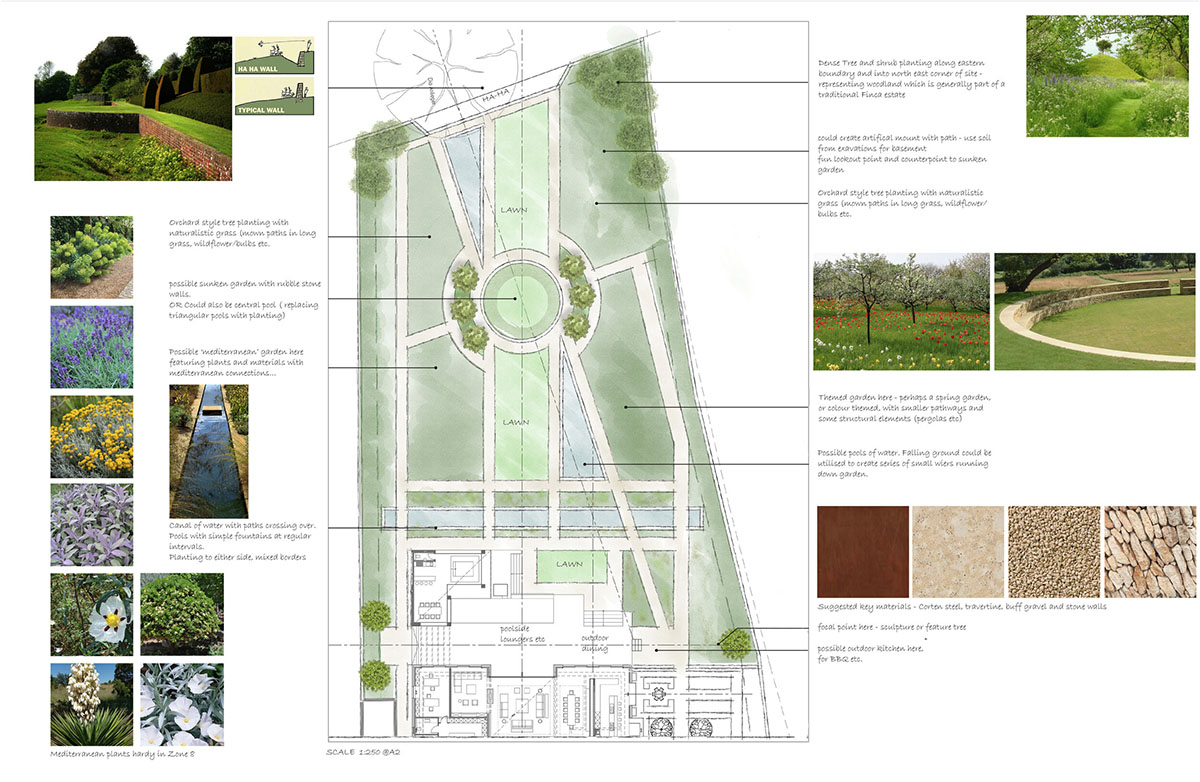

Garden Essentials
How Does The Landscape Design Process Work
Modified: March 7, 2024
Discover how the garden landscape design process works, from conceptualization to installation. Transform your outdoor space with professional garden design expertise.
(Many of the links in this article redirect to a specific reviewed product. Your purchase of these products through affiliate links helps to generate commission for Storables.com, at no extra cost. Learn more)
Introduction
Welcome to the world of landscape design! Creating a beautiful and functional outdoor space is a true art form that requires a blend of creativity, knowledge, and expertise. Whether you’re starting from scratch or looking to revamp your existing garden, understanding the landscape design process is essential to achieving your desired outcome.
In this article, we will take you through the step-by-step journey of landscape design, from the initial consultation to the final touches. You’ll learn how each phase contributes to the overall success of your project and gain insights into the professional practices that go into designing a stunning outdoor oasis.
So, let’s dive in and explore how the landscape design process works!
Key Takeaways:
- Landscape design is a creative process that involves understanding your vision, assessing the site, creating a design concept, and bringing it to life through construction and maintenance.
- Collaboration with a designer, open communication, and proper maintenance are key to creating and sustaining a beautiful outdoor space that reflects your vision and brings joy for years to come.
Read more: Who Does Landscaping
Step 1: Initial Consultation
The initial consultation is the first crucial step in the landscape design process. During this phase, you will get the opportunity to discuss your vision, needs, and goals with a professional landscape designer. This meeting acts as a foundation for the entire project, as it allows the designer to understand your preferences, site conditions, and budget.
During the consultation, the designer will ask you questions about how you envision your outdoor space, your preferred style, the intended use of the garden, and any specific features you would like to incorporate. This is also the time to share your likes and dislikes, as well as any potential challenges or constraints associated with the property.
The designer will evaluate your site, taking note of existing features such as trees, structures, and topography. They will also assess factors like sunlight exposure, soil conditions, drainage, and microclimates that may affect the design. This information is crucial for creating a design that is not only aesthetically pleasing but also functional and sustainable.
Your budget will also be a topic of discussion during the initial consultation. Being transparent about your budget will help the designer come up with realistic design options and select appropriate materials and plantings that align with your financial capacity.
At the end of the initial consultation, you should have a clear understanding of the designer’s approach, their design philosophy, and their ability to bring your vision to life. This meeting also serves as an opportunity for you to gauge your compatibility with the designer and determine whether they are the right fit for your project.
Keep in mind that the initial consultation is a two-way conversation. Be prepared to ask questions about the designer’s experience, previous projects, and any concerns or doubts you may have. Communication and collaboration are key to a successful partnership, so don’t hesitate to voice your thoughts and expectations.
Once the initial consultation is complete, you can move on to the next phase of the landscape design process – site analysis and assessment.
Step 2: Site Analysis and Assessment
After the initial consultation, the next step in the landscape design process is conducting a thorough site analysis and assessment. This phase involves gathering detailed information about your property and evaluating its unique characteristics and challenges.
The site analysis begins with a detailed survey of the land, which includes measurements, existing structures, and any natural features such as trees, slopes, or water bodies. This information is crucial for creating an accurate base map that will serve as the foundation for the design process.
During the assessment, the designer will also evaluate various site factors that can influence the design, such as soil conditions, drainage patterns, and microclimates. Understanding these aspects is essential in selecting the right plants and materials that will thrive in your specific environment.
Another important aspect of the site analysis is considering the views and sightlines from different vantage points. Identifying focal points, areas of privacy, and potential views to highlight or conceal will help in designing a space that maximizes its visual impact.
Additionally, the designer will assess the site’s exposure to sunlight and shade throughout the day. This information is crucial for determining the most suitable locations for various garden elements, as different plants require different light conditions to thrive.
During the site analysis and assessment phase, the designer will also take into consideration any regulatory requirements or restrictions that may apply to your property. This could include local building codes, zoning regulations, or homeowner’s association guidelines that need to be adhered to. By understanding and working within these constraints, the designer can ensure that the design plans are compliant and avoid any potential delays or issues during the construction phase.
By the end of the site analysis and assessment, the designer will have a comprehensive understanding of your property’s unique characteristics and challenges. This valuable information will guide the design decisions in the upcoming phases, ensuring that the final design is tailored to your specific site and its potential.
With the site analysis complete, it’s time to move on to the next step in the landscape design process – design concept development.
Step 3: Design Concept Development
Now that the initial consultation and site analysis are complete, it’s time to dive into the exciting phase of design concept development. This is where the landscape designer brings together their creative vision, technical expertise, and your preferences to develop a cohesive and inspiring design concept.
The design concept serves as the overall blueprint for your landscape project. It includes the layout, organization, and general aesthetic of the outdoor space. During this phase, the designer will create sketches, drawings, or even 3D renderings to help you visualize the proposed design.
Based on the information gathered from the initial consultation and site analysis, the designer will create a concept that aligns with your desired style, functional requirements, and site conditions. They will consider factors such as planting areas, hardscaping elements like pathways and patios, seating areas, water features, and any additional features you discussed during the consultation.
The design concept will also take into account principles of design, such as balance, proportion, unity, and variety. The designer will carefully select and place elements to create a harmonious and visually appealing composition. They will consider color schemes, textures, and materials that will complement your property and create a cohesive outdoor environment.
During this phase, you will have the opportunity to review and provide feedback on the design concept. It is important to communicate your likes and dislikes, as well as any specific changes or additions you would like to see. The designer will work with you to refine the concept and incorporate your feedback into the final design plans.
Once the design concept is finalized, it will serve as the basis for the more detailed and technical design plans in the next steps. It is important to ensure that you are satisfied with the overall concept before moving forward, as changes become more challenging to make once the construction phase begins.
With the design concept in place, we can now move on to the next step of the landscape design process – creating the detailed design plan.
Step 4: Detailed Design Plan
As we progress through the landscape design process, we come to an essential stage: creating the detailed design plan. This phase involves transforming the design concept into a comprehensive and precise set of drawings and specifications that will guide the implementation of the project.
The detailed design plan incorporates specific details and measurements for all elements of the landscape, including plantings, hardscape features, pathways, and utilities. It ensures that every aspect of the design is carefully considered and accounted for, leaving no room for ambiguity during the construction phase.
During this stage, the landscape designer will work diligently to develop scaled drawings and layouts that illustrate the precise arrangement and positioning of every element in the outdoor space. These drawings may include topographical surveys, grading plans, plant schedules, and construction details for any structures or features.
The designer will carefully select plant materials that are suitable for your site conditions, incorporating considerations such as proper spacing, growth patterns, and seasonal interest. They will also specify the materials and finishes for hardscape elements, such as the type of paving stones, wall materials, or outdoor furniture.
Additionally, the detailed design plan will consider practical aspects, such as irrigation systems, lighting installations, and drainage solutions. These elements are crucial for ensuring the functionality and long-term sustainability of your outdoor space.
During this phase, it is essential for you to actively participate and provide feedback on the detailed design plan. Review the drawings and specifications carefully and communicate your thoughts and concerns to the designer. This collaborative process ensures that the final design plan aligns with your vision and requirements.
Once the detailed design plan is finalized and approved, it serves as a valuable reference for the construction team, allowing them to implement the design accurately and efficiently.
With the detailed design plan complete, we can now move forward to the next step in the landscape design process – material selection and planting plan.
Before starting a landscape design project, make sure to assess the site, set a budget, and create a plan that includes the desired features and plants. This will help guide the design process and ensure a successful outcome.
Step 5: Material Selection and Planting Plan
In the landscape design process, Step 5 focuses on material selection and the creation of a detailed planting plan. This phase involves choosing the appropriate materials for hardscaping elements and determining the specific plant species and their locations within the design.
Material selection plays a crucial role in the overall aesthetic and functionality of your outdoor space. During this phase, the landscape designer will consider factors such as durability, maintenance requirements, and compatibility with the design concept. They will choose materials for pathways, patios, walls, and other hardscape features that enhance the design’s visual impact.
The designer will also select materials that harmonize with the surrounding environment, taking into account the architectural style of your home and the overall theme of the landscape design.
Similarly, when it comes to the planting plan, careful consideration is given to choosing the right plants for your garden. This includes selecting species that are suitable for your climate, soil conditions, and desired aesthetic. The designer will take into account factors such as color, texture, form, and seasonal interest to create a visually appealing and sustainable planting scheme.
The planting plan will specify the placement and spacing of each plant, allowing for optimal growth and avoiding overcrowding. It will also indicate any necessary soil amendments or preparation required for successful plant establishment.
During this phase, the designer may also consider incorporating additional landscape features, such as water features, sculptures, or seating areas. These elements can further enhance the overall design and provide unique focal points within your outdoor space.
Throughout the material selection and planting plan phase, it is important to maintain open communication with your designer. Express your preferences and provide feedback on the proposed materials and plant selections. Collaborating closely with your designer will ensure that the final choices align with your vision while considering practical considerations such as maintenance requirements and budget constraints.
With the material selection and planting plan finalized, we can now proceed to Step 6 – the construction and implementation phase where the design comes to life.
Step 6: Construction and Implementation
In Step 6 of the landscape design process, the focus shifts from planning and preparation to the actual construction and implementation of the design. This phase is where all the hard work and careful planning begin to transform your outdoor space into a reality.
The construction and implementation phase typically involves hiring a team of experienced contractors, landscapers, and craftsmen who will bring the design to life. Depending on the complexity of the project, this may include tasks such as grading and excavation, installing irrigation systems, constructing hardscape features, and planting the chosen vegetation.
Throughout the implementation process, it’s important to maintain open lines of communication between you, the designer, and the construction team. Regular site visits and meetings will help ensure that the design is being implemented as intended and allow for any necessary adjustments or modifications along the way.
The construction team will follow the detailed design plan and specifications, working diligently to execute the various elements of the design with expert craftsmanship. They will pay close attention to fine details, ensuring that every aspect is installed with precision and care.
During this phase, it is common for unexpected challenges or changes to arise. This could be due to unforeseen site conditions, weather delays, or adjustments to the design as construction progresses. Good communication and flexibility are key during this phase to address any issues promptly and find appropriate solutions.
Once the construction phase is complete, your outdoor space will begin to take shape. Features such as pathways, patios, pergolas, and water elements will be in place, and the chosen plants will have been carefully planted to create the desired landscape.
Step 6 is an exciting phase in the landscape design process, as you witness the transformation of your garden from a concept on paper to a tangible and functional outdoor living space. The construction and implementation phase brings the design to life, providing you with a beautiful and enjoyable environment to experience and enjoy.
With the construction and implementation complete, we can now move on to Step 7 – the final touches and maintenance tips.
Step 7: Final Touches and Maintenance Tips
In the final step of the landscape design process, we focus on the finishing touches and maintenance tips to ensure that your newly created outdoor space thrives and continues to be a source of joy for years to come.
Once the construction phase is completed, the designer and construction team will carry out any necessary clean-up and final adjustments to ensure that the design is implemented to perfection. This includes inspecting for any last-minute issues or adjustments needed, such as adjusting the irrigation system or fine-tuning the placement of plants and features.
During this stage, it’s important to discuss ongoing maintenance requirements with your designer. They can provide you with valuable guidance on caring for your new landscape and preserving its beauty.
Here are some maintenance tips to keep in mind:
- Regular watering: Establish a watering routine and ensure that your plants receive the necessary moisture to thrive. Be mindful of local water restrictions and adjust watering schedules accordingly.
- Proper pruning and trimming: Regularly trim and prune your plants to maintain their shape, promote healthy growth, and remove any dead or diseased foliage.
- Weed control: Stay on top of weed growth by regularly inspecting your garden and removing any unwanted plants promptly.
- Fertilization: Depending on the types of plants in your garden, periodic fertilization may be necessary to provide essential nutrients for optimal growth.
- Mulching: Apply a layer of organic mulch around plants to conserve moisture, suppress weed growth, and protect the soil from extreme temperatures.
- Seasonal maintenance: Adjust your maintenance routine according to seasonal changes. This may include winterizing delicate plants, preparing for fall cleanup, or monitoring watering during hot summer months.
- Regular inspections: Routinely inspect your outdoor space for any signs of pests, disease, or damage. Promptly address any issues to prevent further damage to your garden.
- Enhancements and updates: As your garden evolves, you may want to consider adding new features or making changes to the design. Maintain an open line of communication with your designer to discuss any desired updates or enhancements.
By following these maintenance tips and staying proactive in caring for your landscape, you can ensure that it remains healthy, vibrant, and visually appealing.
Congratulations! You have now completed the landscape design process and have a stunning outdoor space to enjoy. Remember to continue nurturing and caring for your garden to keep it flourishing and thriving year after year.
Thank you for embarking on this journey of landscape design with us. We hope this guide has provided you with valuable insights and inspiration for creating the garden of your dreams!
Conclusion
The landscape design process is a creative and intricate journey that transforms an outdoor space into a beautiful and functional sanctuary. By following each step, from the initial consultation to the final touches and maintenance, you can achieve a landscape that reflects your vision while enhancing the natural beauty of your property.
The initial consultation sets the stage, allowing you to communicate your desires while the designer assesses the site’s unique characteristics. The site analysis and assessment phase ensures that the design is tailored to your specific environment, considering factors like soil conditions, sunlight exposure, and existing features.
From there, the design concept development brings your vision to life, creating a cohesive plan that incorporates your style preferences and functional needs. The detailed design plan then becomes the blueprint for the construction team, ensuring that they implement the design accurately and efficiently.
Material selection and the planting plan complete the vision, as carefully chosen materials and plantings are incorporated to enhance the aesthetic and functionality of the outdoor space. Construction and implementation turn your garden into a reality, with experienced professionals working diligently to bring every element of the design to life.
Finally, the finishing touches and maintenance tips guarantee the continued success of your landscape, with proper care and upkeep to ensure its long-term beauty and sustainability.
Remember, the landscape design process is a collaboration between you and the designer. Communicate your preferences, provide feedback, and maintain an open line of communication throughout the entire journey. Your involvement and attention to detail will contribute to the success of the project and create a space that truly reflects your vision.
Now that you have a comprehensive understanding of the landscape design process, it’s time to embark on your own journey of creating a stunning outdoor oasis. Whether you’re starting from scratch or looking to renovate an existing garden, embrace the process, and enjoy the transformation of your outdoor space into a captivating haven.
Make sure to continually care for and maintain your landscape, allowing it to flourish and evolve over time. With proper maintenance and periodic enhancements, your garden will continue to bring joy and tranquility for years to come.
We hope this guide has provided you with valuable insights and inspiration. Now, go forth and create the garden of your dreams!
Frequently Asked Questions about How Does The Landscape Design Process Work
Was this page helpful?
At Storables.com, we guarantee accurate and reliable information. Our content, validated by Expert Board Contributors, is crafted following stringent Editorial Policies. We're committed to providing you with well-researched, expert-backed insights for all your informational needs.

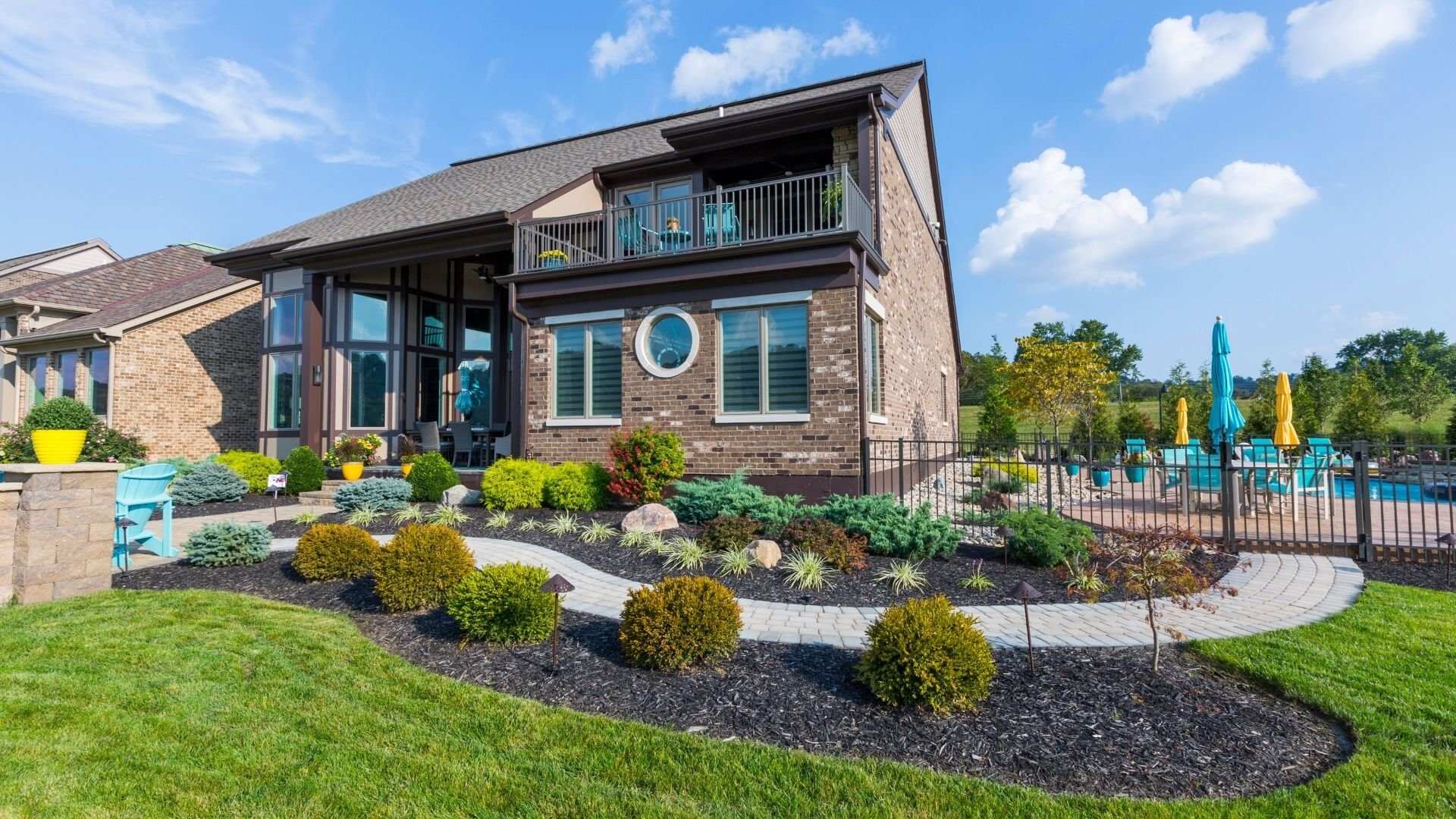
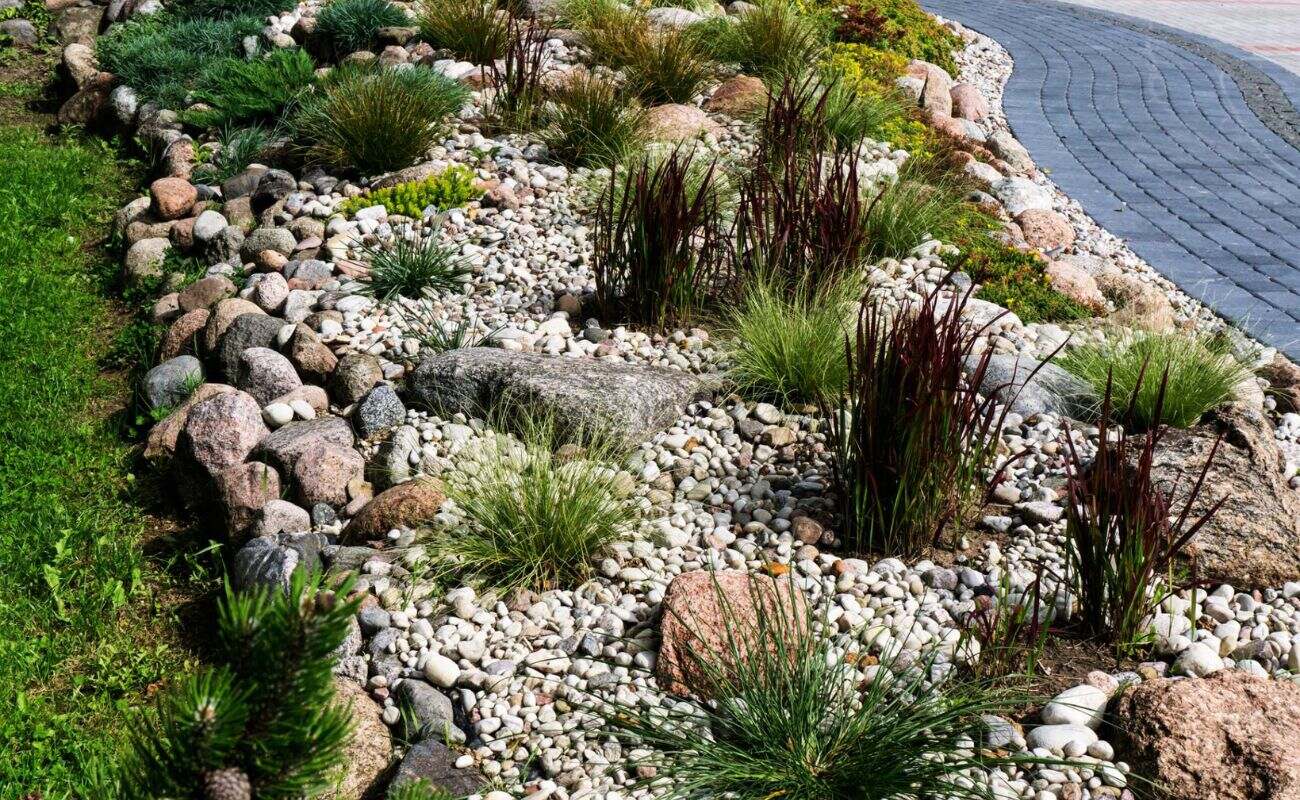

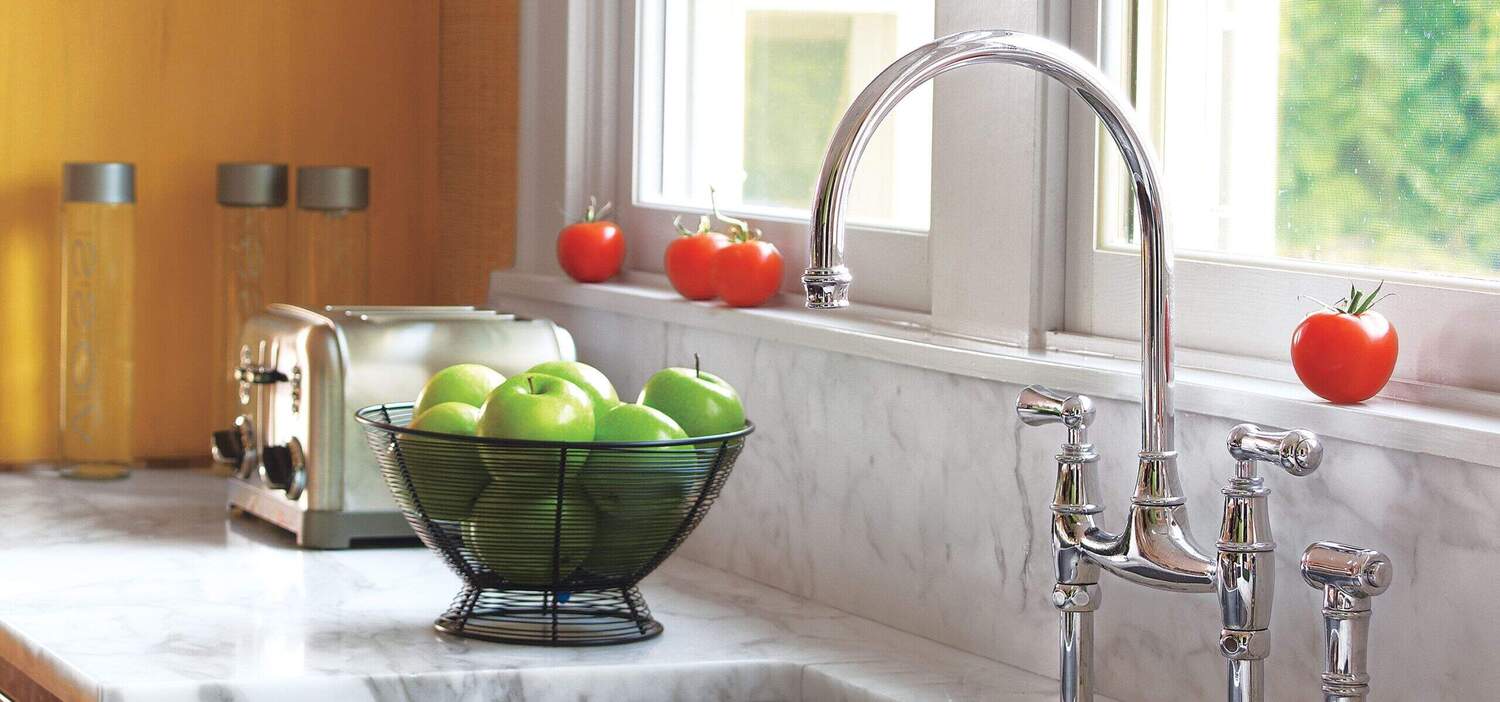




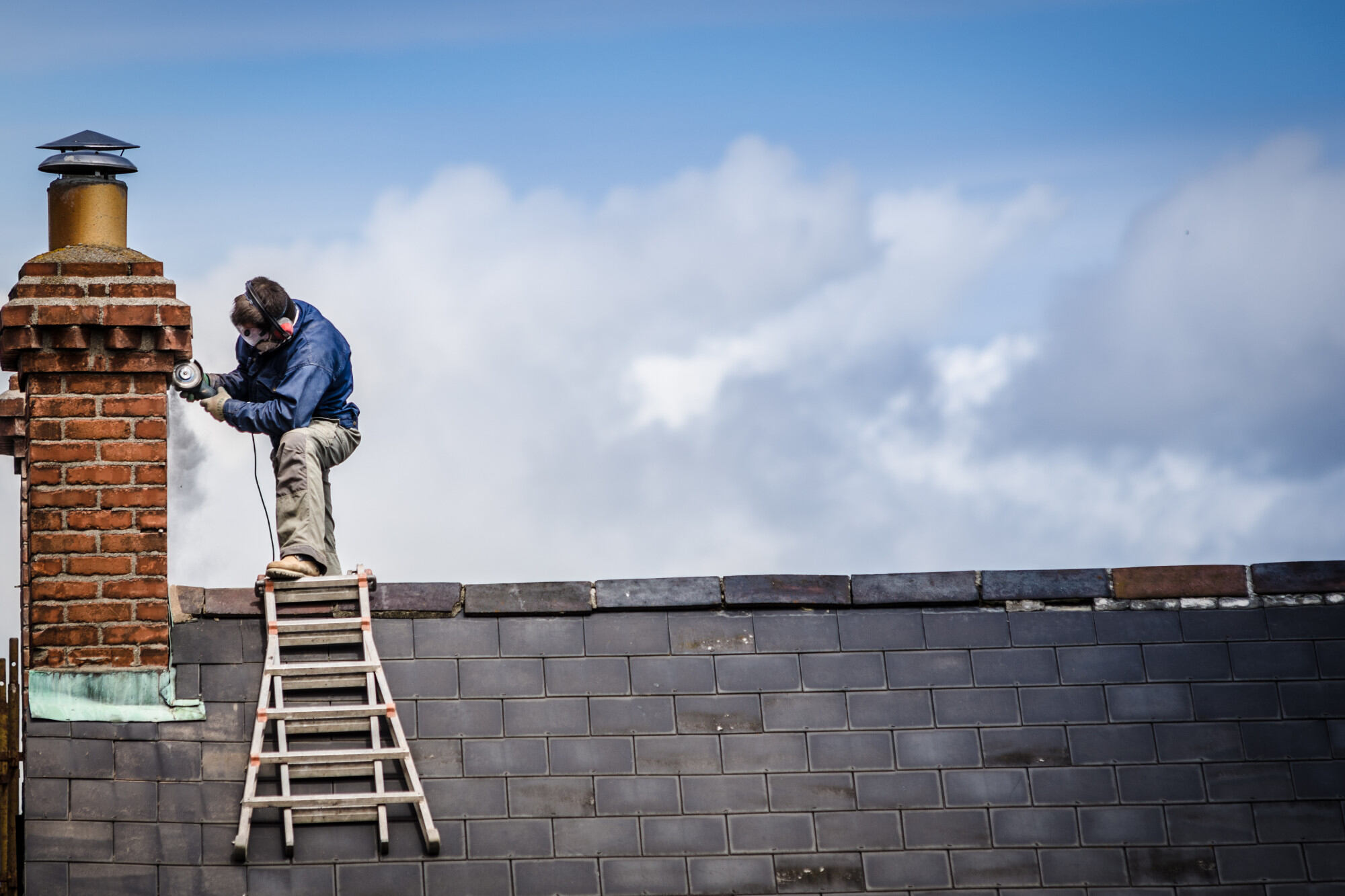

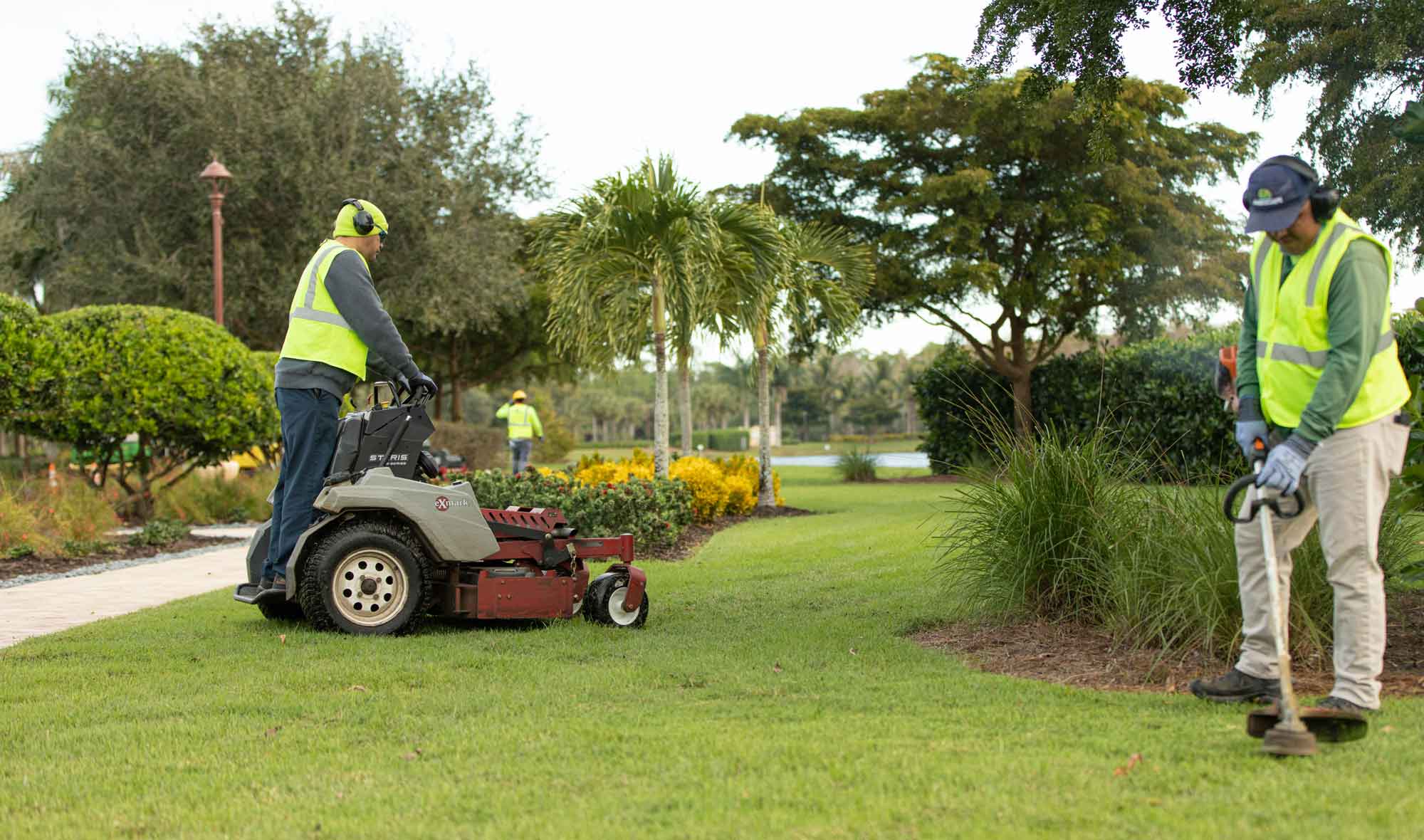



0 thoughts on “How Does The Landscape Design Process Work”